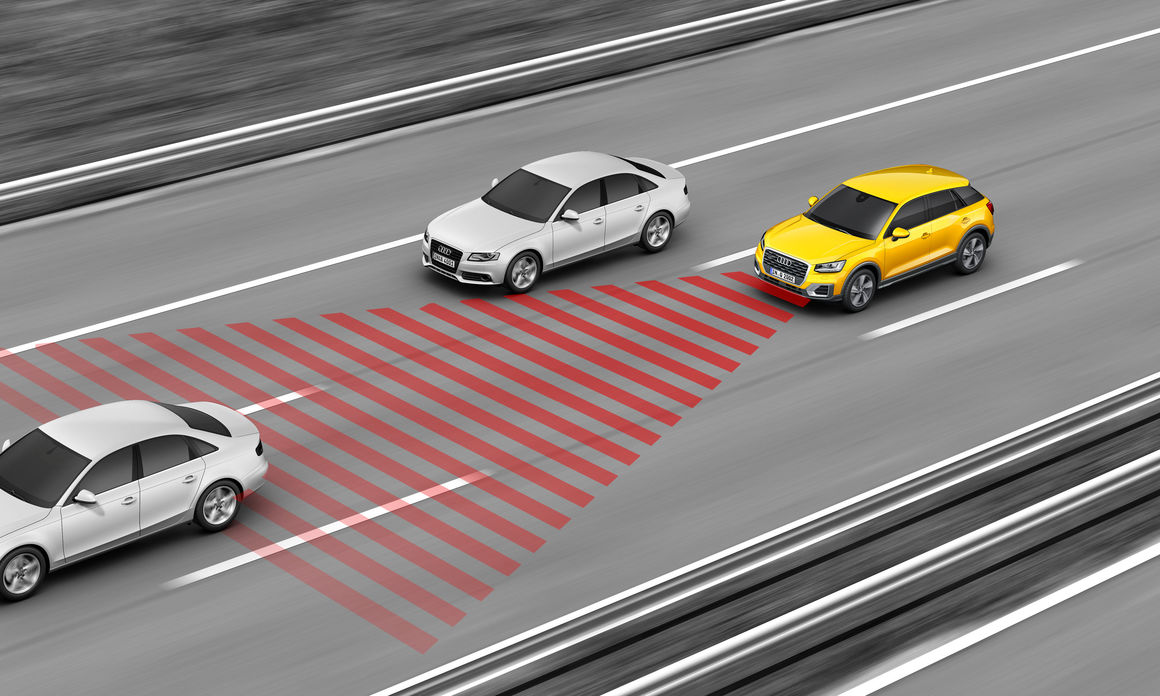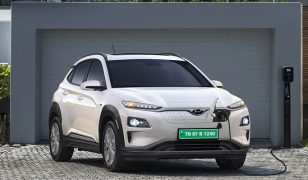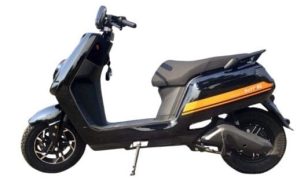Adaptive Cruise Control (ACC) is a driver assistance technology that controls the acceleration and braking of the vehicle. It is an active safety system that maintains a safe distance between the two vehicles. Due to this technology, the speed of the car is adjusted automatically as soon as the traffic is sensed along the road. Therefore, this technology is also called autonomous cruise control.
The ACC system is activated by a button which is situated near the handle of the vehicle. When the traffic is normal, the driver needs to deactivate this technology by applying brakes to the vehicle or by a different button. The modern-day cars that use ACC are MG Hector, MG Gloster, Volvo S60, Hyundai Sonata, etc.
How Adaptive Cruise Control Works?
Adaptive Cruise Control enhances the driving experience of the drivers with safety and comfort by monitoring all the vehicles and objects on the road. Due to this technology, the driver is able to set speed or other factors like driving mode (economical, sporty or comfortable) to gain a smooth driving experience.

At first, ACC was found in only luxury cars. But now, every automobile companies are focusing on this new technology due to the new sensors which are less expensive and easily available in the market.
Types of Adaptive Cruise Control
Laser Based Systems:
- This type of systems operates out of the box of the vehicle which is basically placed in the grills.
- It also uses laser technology to detect the proximity of objects of the car.
- Difficult to operate in rainfall season.
Radar Based Systems:
- Radar-based sensors are placed around the plastic fascias to detect the surroundings of the vehicle.
- The sensors work together to create a picture of the vehicle’s proximity to other cars.
- This type of sensors is manufactures depending on the design and model of the car.
Assisting Systems:
- Assisting Systems are known as radar-based add ons that customers can buy together.
- These systems offer cruise control, brake assistance, lane control and proximity alerts.
Binocular Computer Vision Systems (optical):
- Binocular Computer Vision systems use small cameras.
- These cameras are placed on the back of a vehicle’s rearview mirror to detect front-facing objects.
Advantages:
- Increase in Road Safety
- Reduces Fuel Expenses
- Better Comfort while driving
- Speed control
Disadvantages:
- Technology can fail
- Overrelaxation of the driver can cause in accidents
- Difficult to slow down quickly






